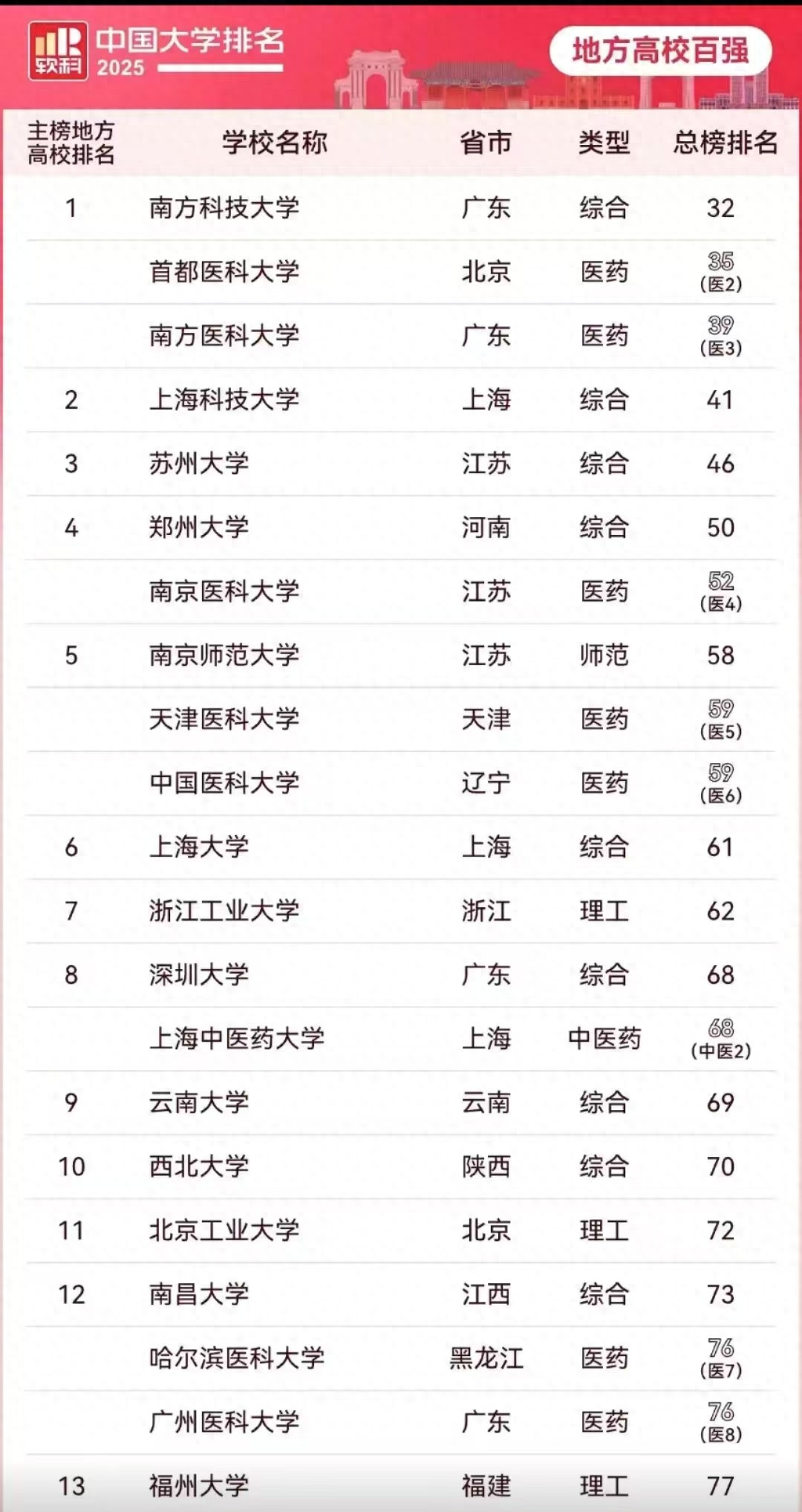![图片[1]-14个 Python 自动化实战脚本-趣考网](https://oss.q2k.com/article/2024/05/14/2043506761.jpg)
1.批量文件重命名神器在工作中,我们常常需要对大量文件进行批量重命名,Python帮你轻松搞定!
import osdef batch_rename(path, prefix=\'\', suffix=\'\'): for i, filename in enumerate(os.listdir(path)): new_name = f"{prefix}{i:03d}{suffix}{os.path.splitext(filename)[1]}" old_file = os.path.join(path, filename) new_file = os.path.join(path, new_name) os.rename(old_file, new_file)# 使用示例:batch_rename(\'/path/to/your/directory\', \'file_\', \'.txt\')2.自动发送邮件通知告别手动发送,用Python编写定时发送邮件的自动化脚本。
import smtplibfrom email.mime.text import MIMETextdef send_email(to_addr, subject, content): smtp_server = \'smtp.example.com\' username = \'your-email@example.com\' password = \'your-password\' msg = MIMEText(content) msg[\'Subject\'] = subject msg[\'From\'] = username msg[\'To\'] = to_addr server = smtplib.SMTP(smtp_server, 587) server.starttls() server.login(username, password) server.sendmail(username, to_addr, msg.as_string()) server.quit()# 使用示例:send_email(\'receiver@example.com\', \'每日报告提醒\', \'今日报告已生成,请查收。\')3.定时任务自动化执行使用Python调度库,实现定时执行任务的自动化脚本。
import scheduleimport timedef job_to_schedule(): print("当前时间:", time.ctime(), "任务正在执行...")# 定义每天9点执行任务schedule.every().day.at("09:00").do(job_to_schedule)while True: schedule.run_pending() time.sleep(1)# 使用示例:# 运行此脚本后,每天上午9点会自动打印当前时间及提示信息4.数据库操作自动化简化数据库管理,Python帮你自动化执行CRUD操作。
import sqlite3def create_connection(db_file): conn = None try: conn = sqlite3.connect(db_file) print(f"成功连接到SQLite数据库:{db_file}") except Error as e: print(e) return conndef insert_data(conn, table_name, data_dict): keys = \', \'.join(data_dict.keys()) values = \', \'.join(f"\'{v}\'" for v in data_dict.values()) sql = f"INSERT INTO {table_name} ({keys}) VALUES ({values});" try: cursor = conn.cursor() cursor.execute(sql) conn.commit() print("数据插入成功!") except sqlite3.Error as e: print(e)# 使用示例:conn = create_connection(\'my_database.db\')data = {\'name\': \'John Doe\', \'age\': 30}insert_data(conn, \'users\', data)# 在适当时候关闭数据库连接conn.close()5.网页内容自动化抓取利用BeautifulSoup和requests库,编写Python爬虫获取所需网页信息。
import requestsfrom bs4 import BeautifulSoupdef fetch_web_content(url): response = requests.get(url) if response.status_code == 200: soup = BeautifulSoup(response.text, \'html.parser\') # 示例提取页面标题 title = soup.find(\'title\').text return title else: return "无法获取网页内容"# 使用示例:url = \'https://example.com\'web_title = fetch_web_content(url)print("网页标题:", web_title)6.数据清洗自动化使用Pandas库,实现复杂数据处理和清洗的自动化。
import pandas as pddef clean_data(file_path): df = pd.read_csv(file_path) # 示例:处理缺失值 df.fillna(\'N/A\', inplace=True) # 示例:去除重复行 df.drop_duplicates(inplace=True) # 示例:转换列类型 df[\'date_column\'] = pd.to_datetime(df[\'date_column\']) return df# 使用示例:cleaned_df = clean_data(\'data.csv\')print("数据清洗完成,已准备就绪!")7.图片批量压缩用Python快速压缩大量图片以节省存储空间。
from PIL import Imageimport osdef compress_images(dir_path, quality=90): for filename in os.listdir(dir_path): if filename.endswith(".jpg") or filename.endswith(".png"): img = Image.open(os.path.join(dir_path, filename)) img.save(os.path.join(dir_path, f\'compressed_{filename}\'), optimize=True, quality=quality)# 使用示例:compress_images(\'/path/to/images\', quality=80)8.文件内容查找替换Python脚本帮助你一键在多个文件中搜索并替换指定内容。
import fileinputdef search_replace_in_files(dir_path, search_text, replace_text): for line in fileinput.input([f"{dir_path}/*"], inplace=True): print(line.replace(search_text, replace_text), end=\'\')# 使用示例:search_replace_in_files(\'/path/to/files\', \'old_text\', \'new_text\')9.日志文件分析自动化通过Python解析日志文件,提取关键信息进行统计分析。
def analyze_log(log_file): with open(log_file, \'r\') as f: lines = f.readlines() error_count = 0 for line in lines: if "ERROR" in line: error_count += 1 print(f"日志文件中包含 {error_count} 条错误记录。")# 使用示例:analyze_log(\'application.log\')10.数据可视化自动化利用Matplotlib库,实现数据的自动图表生成。
import matplotlib.pyplot as pltimport pandas as pddef visualize_data(data_file): df = pd.read_csv(data_file) # 示例:绘制柱状图 df.plot(kind=\'bar\', x=\'category\', y=\'value\') plt.title(\'数据分布\') plt.xlabel(\'类别\') plt.ylabel(\'值\') plt.show()# 使用示例:visualize_data(\'data.csv\')11.邮件附件批量下载通过Python解析邮件,自动化下载所有附件。
import imaplibimport emailfrom email.header import decode_headerimport osdef download_attachments(email_addr, password, imap_server, folder=\'INBOX\'): mail = imaplib.IMAP4_SSL(imap_server) mail.login(email_addr, password) mail.select(folder) result, data = mail.uid(\'search\', None, "ALL") uids = data[0].split() for uid in uids: _, msg_data = mail.uid(\'fetch\', uid, \'(RFC822)\') raw_email = msg_data[0][1].decode("utf-8") email_message = email.message_from_string(raw_email) for part in email_message.walk(): if part.get_content_maintype() == \'multipart\': continue if part.get(\'Content-Disposition\') is None: continue filename = part.get_filename() if bool(filename): file_data = part.get_payload(decode=True) with open(os.path.join(\'/path/to/download\', filename), \'wb\') as f: f.write(file_data) mail.close() mail.logout()# 使用示例:download_attachments(\'your-email@example.com\', \'your-password\', \'imap.example.com\')12.定时发送报告自动化根据数据库或文件内容,自动生成并定时发送日报/周报。
import pandas as pdimport smtplibfrom email.mime.text import MIMETextfrom email.mime.multipart import MIMEMultipartdef generate_report(source, to_addr, subject): # 假设这里是从数据库或文件中获取数据并生成报告内容 report_content = pd.DataFrame({"Data": [1, 2, 3], "Info": ["A", "B", "C"]}).to_html() msg = MIMEMultipart() msg[\'From\'] = \'your-email@example.com\' msg[\'To\'] = to_addr msg[\'Subject\'] = subject msg.attach(MIMEText(report_content, \'html\')) server = smtplib.SMTP(\'smtp.example.com\', 587) server.starttls() server.login(\'your-email@example.com\', \'your-password\') text = msg.as_string() server.sendmail(\'your-email@example.com\', to_addr, text) server.quit()# 使用示例:generate_report(\'data.csv\', \'receiver@example.com\', \'每日数据报告\')# 结合前面的定时任务脚本,可实现定时发送功能13.自动化性能测试使用Python的locust库进行API接口的压力测试。
from locust import HttpUser, task, betweenclass WebsiteUser(HttpUser): wait_time = between(5, 15) # 定义用户操作之间的等待时间 @task def load_test_api(self): response = self.client.get("/api/data") assert response.status_code == 200 # 验证返回状态码为200 @task(3) # 指定该任务在总任务中的执行频率是其他任务的3倍 def post_data(self): data = {"key": "value"} response = self.client.post("/api/submit", json=data) assert response.status_code == 201 # 验证数据成功提交后的响应状态码# 运行Locust命令启动性能测试:# locust -f your_test_script.py --host=http://your-api-url.com14、自动化部署与回滚脚本使用Fabric库编写SSH远程部署工具,这里以部署Django项目为例:
from fabric import Connectiondef deploy(host_string, user, password, project_path, remote_dir): c = Connection(host=host_string, user=user, connect_kwargs={"password": password}) with c.cd(remote_dir): c.run(\'git pull origin master\') # 更新代码 c.run(\'pip install -r requirements.txt\') # 安装依赖 c.run(\'python manage.py migrate\') # 执行数据库迁移 c.run(\'python manage.py collectstatic --noinput\') # 静态文件收集 c.run(\'supervisorctl restart your_project_name\') # 重启服务# 使用示例:deploy( host_string=\'your-server-ip\', user=\'deploy_user\', password=\'deploy_password\', project_path=\'/path/to/local/project\', remote_dir=\'/path/to/remote/project\')# 对于回滚操作,可以基于版本控制系统实现或创建备份,在出现问题时恢复上一版本的部署。© 版权声明
本文中引用的各种信息及资料(包括但不限于文字、数据、图表及超链接等)均来源于该信息及资料的相关主体(包括但不限于公司、媒体、协会等机构)的官方网站或公开发表的信息。部分内容参考包括:(百度百科,百度知道,头条百科,中国民法典,刑法,牛津词典,新华词典,汉语词典,国家院校,科普平台)等数据,内容仅供参考使用,不准确地方联系删除处理!
THE END
















